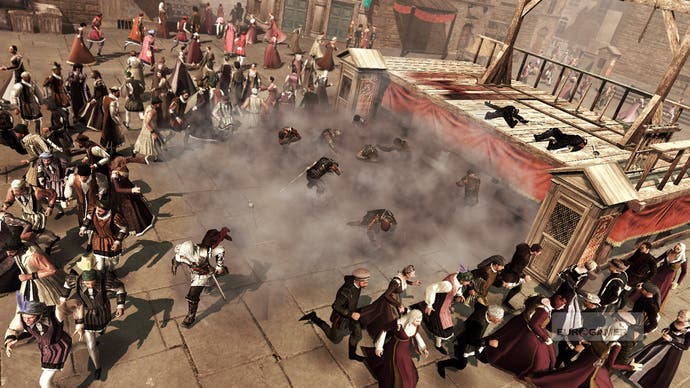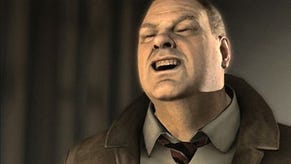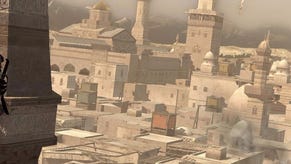Assassin's Creed II
Variety show.
Some years back, I had a condition, which began to affect the way in which I lived. I know, I know, "get a blog", but bear with me. This was during university. Being a philosophy graduate, I had plenty of spare time. I also had a good friend, and fellow philosopher, with a "PlayStation", as it was those days, and a copy of Tony Hawk's Pro Skater 2. Given the choice of extracting a semblance of meaning from Kant or chucking Rodney Mullen around half-pipes and down stairwells, we often (read: always) took the later option.
We got rather good, eventually nailing every single gap in the game except one. Eventually we called off our hunt - committing yet another unfulfilled dream to the locker of bitter disappointment. Something curious had happened, however. Outside, I found myself looking at a different world - a world of lines and runs, grinding routes, flippable gaps and transfers. Every object took on a new meaning, began to be interpreted through the medium of Hawk. Being a non-skater, this was endlessly frustrating, even if it eventually helped me to understand some of the finer points of objects, properties and labelling for the third semester.
After a mere 15 minutes with Assassin's Creed II, this curious condition is partly back. Returning to Piccadilly Circus station after Ubisoft's hands-on event, I'm struck by how many of the buildings feature large Portland Stone blocks at their bases, separated with ample space for footholds. My eyes are drawn up drainpipes toward high ledges, along the crests of roofs and crenellated precipices - could I make that jump, onto that flagpole, forgoing this tiresome wait for the traffic lights on Regent St?

The answer, as it always was in the days of my Hawk-eye affliction, is no. Even climbing the stairs a bit too quickly usually results in a face-plant or a stubbed toe, but main character Ezio's movement around the Venice streets and skyline in the demo, which is the same code being shown off at this week's Tokyo Game Show, is so smoothly infectious that it's hard to believe I haven't inherited at least a little of his agility.
Ezio's forerunner, the first game's Altair, was one of the most nimble characters we'd ever seen in a game, pulling off incredible feats of parkour with accomplished aplomb. This time around, movement is even quicker. Holding down the right bumper to activate 'high visibility' mode means that Ezio will throw caution to the wind, flinging himself up walls and around overhangs like a particularly angry and dangerous spider.

Doing so will attract a little more attention, however, sacrificing some of his characteristic stealth for speed. It's incredibly fluid, and produces a few unexpected results for the incautious - occasionally I found myself flying onto a ledge or architectural outcrop which I hadn't been aiming for, although re-routing never proved a problem. On the flip-side of this is the increased complexity of some climbs, game director Benoit Lambert even calling some of them "puzzles". The first game only really came close to that once, with the massive church in Acre.









